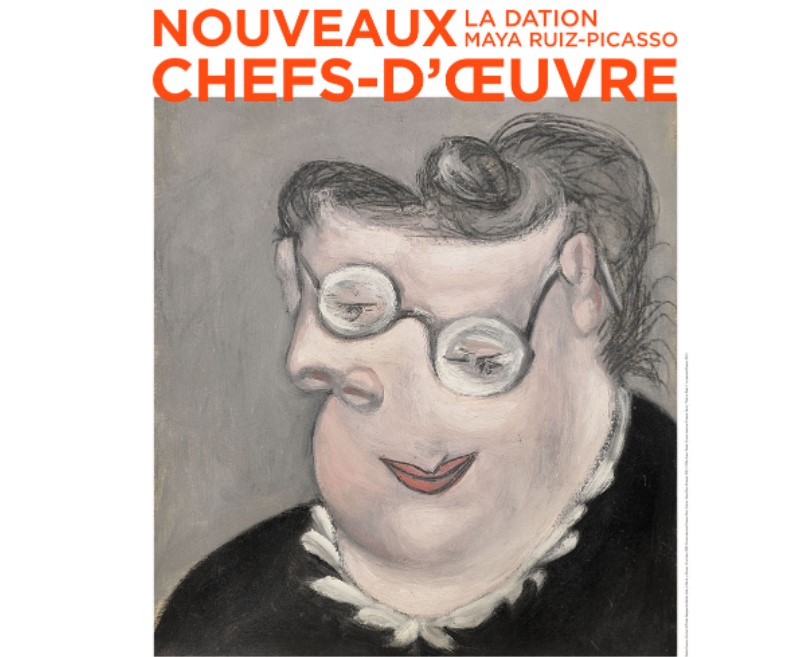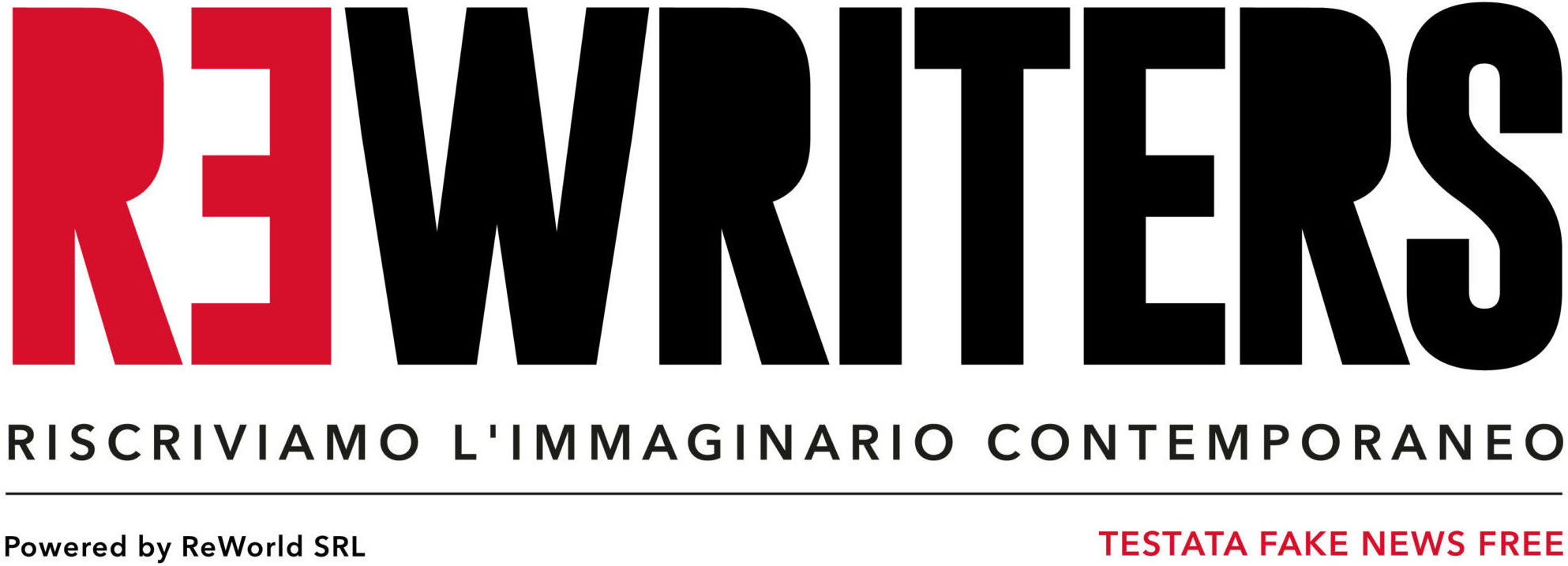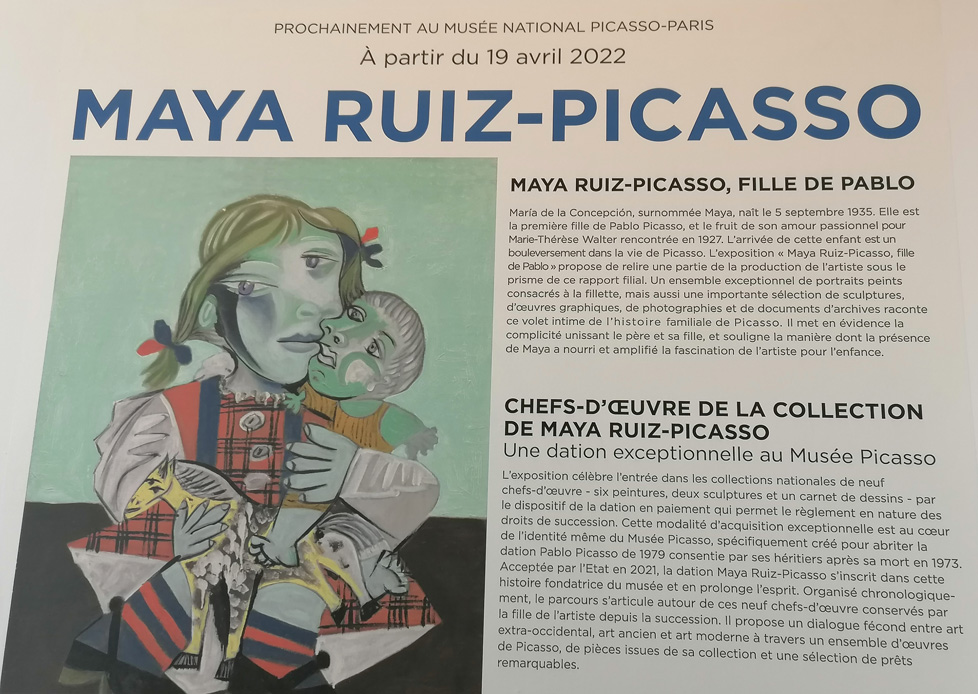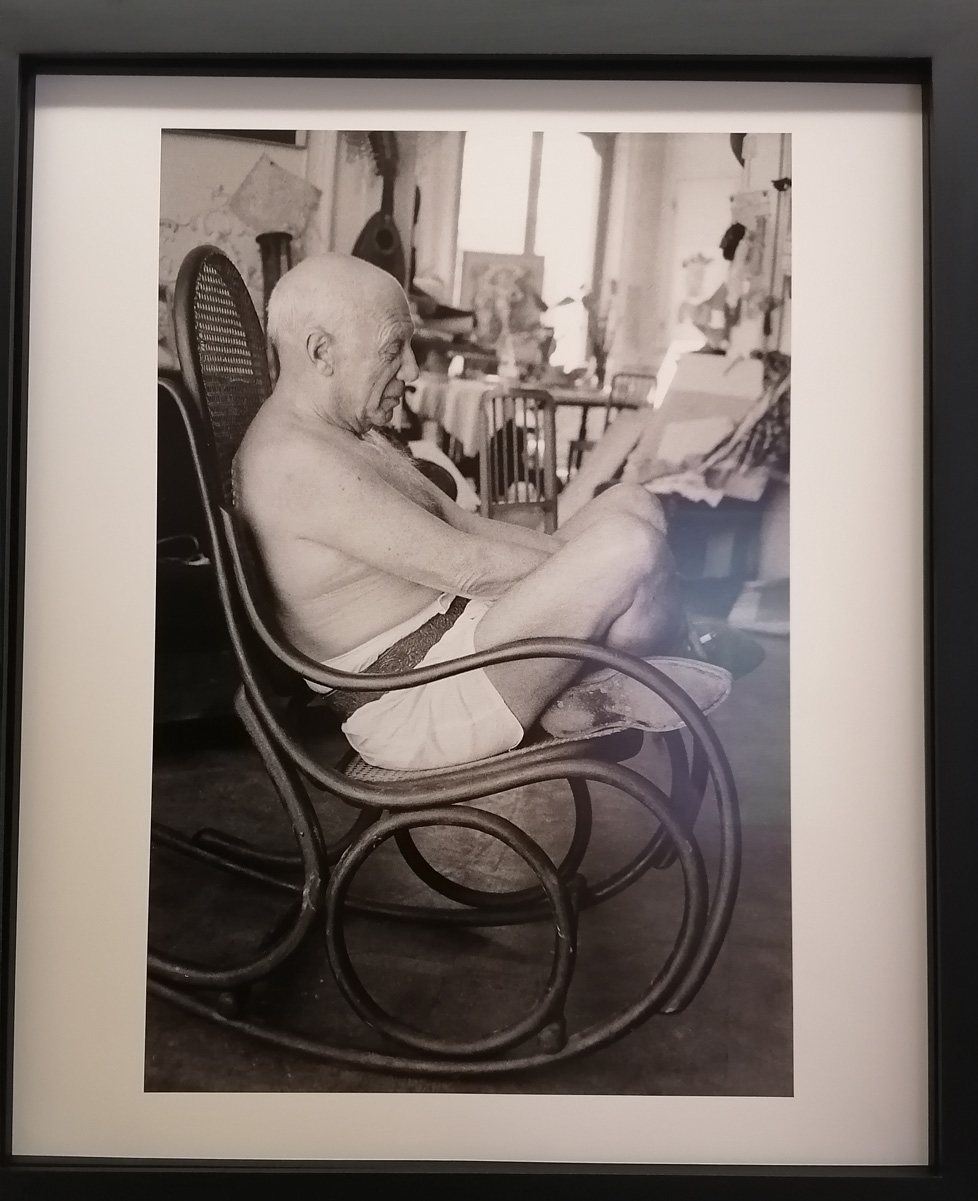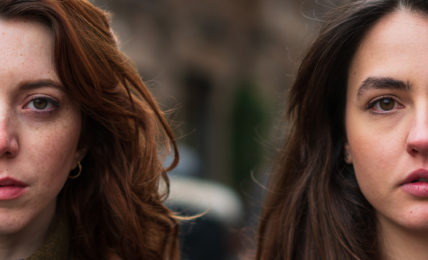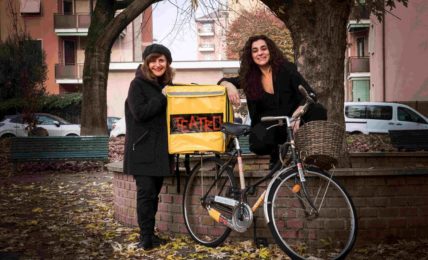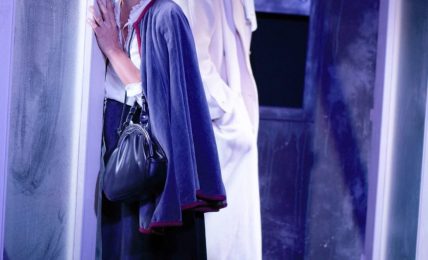Una nuova donazione di opere di Pablo Picasso dal 19 aprile al Palais Salé di Parigi
Il Palais Salé, con il suo Museo Picasso, inaugura una nuova collezione di opere del grande artista spagnolo grazie ad una donazione fatta da Maya Ruiz Picasso per evitare gli oneri delle tasse di successione.
